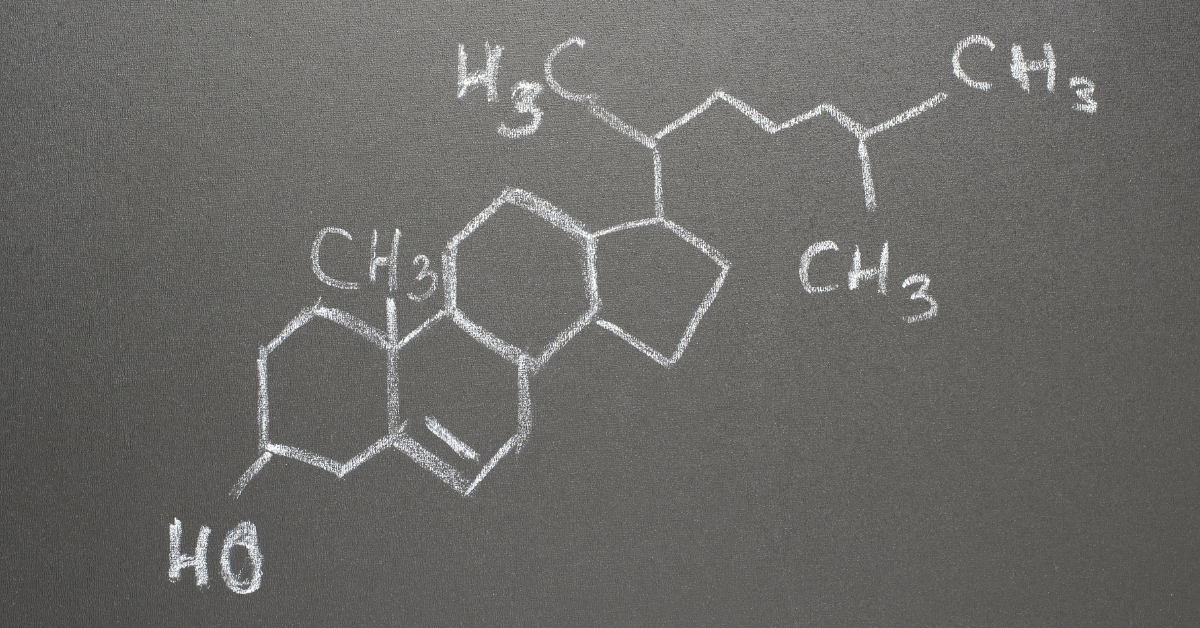
Cholesterol – what is it and what do I need to know?
Cardiovascular disease is the leading cause of morbidity and mortality in persons with diabetes. It is important to manage all risk factors which include: blood pressure, glucose values, tobacco usage, kidney disease and lipids to reduce your risk.
We always hear about cholesterol and keeping our values low – but what is it?
Cholesterol is a lipid. So when you hear lipid management, it is largely managing your cholesterol.
What is Cholesterol?
Cholesterol is a waxy substance along with fats that can adhere to your vessel walls and create plaque, narrowing the vessels and the flow of blood. This can occur in the vessels of your heart as well as vessels in your neck and legs – leading to an increased risk of heart disease, stroke and peripheral artery disease. Interestingly, there are several forms of cholesterol. It is the LDL (low density lipoprotein form) that appears to be the most dangerous and the HDL (high density lipoprotein) that is protective.
The HDL helps to carry cholesterol back to the liver. For a healthy body you want your LDL to be low and your HDL to be high. Generally, recommended levels are:
- HDL – close to 50 mg/dl
- LDL – less than 70 mg/dl
- Triglycerides – less than 150 mg/dl
Your liver can produce (and overproduce) large amounts of cholesterol. It is important for your brain to function and for rapid transmission of nerve impulses. However, too much cholesterol is NOT healthy.
Dietary Cholesterol
It is not always your lifestyle that makes high cholesterol but it can be part of the equation. Dietary cholesterol is found in foods like eggs and animal products, but it does not seem to be as important as other dietary components. A reduction in saturated fat and trans fats are a key to the dietary management of your cholesterol. Saturated fats include dairy and meat fat, along with coconut and palm oil. A healthy eating pattern includes lean meats, fish, low fat dairy products, legumes, fresh and frozen vegetables and fruit, and oils such as olive oil and canola oil. Increasing soluble fibers is also recommended (oats, barley, legumes). A Mediterranean diet is often recommended to reduce your risk of high lipids and therefore your risk of heart disease and stroke.
Managing Your Cholesterol
Increased activity may help to raise your HDL (remember we want that high). In addition, if you have purposefully lost weight, regular exercise will help you keep the weight off. Not to mention the benefits to our outlook on life!
There are lifestyle changes you can make to lower LDL and raise HDL, however, in some cases, lifestyle changes are either ineffective or not adequate to result in clinical meaningful reductions in LDL or increases in HDL. That is when your primary care provider will discuss medication options with you that often include a class of medication called statins.
Having a laboratory blood test to determine your lipid levels is an important component of understanding your risk for heart disease, stroke and peripheral artery disease and then devising solutions to lower your cholesterol.
How to Keep LDL Cholesterol Down
- Reduce your LDL cholesterol and triglycerides
- Keep your blood pressure and glucose levels in target range
- Do not use tobacco products
- Eat a healthy diet
- Exercise consistently
These lifestyle recommendations can make a difference not only by helping to keep your LDL cholesterol down but can also help to reduce your risk of heart disease, stroke and peripheral artery disease in other ways. If you have questions on how to incorporate these changes into your lifestyle – seek the guidance of a diabetes care and education specialist or a registered dietitian.

